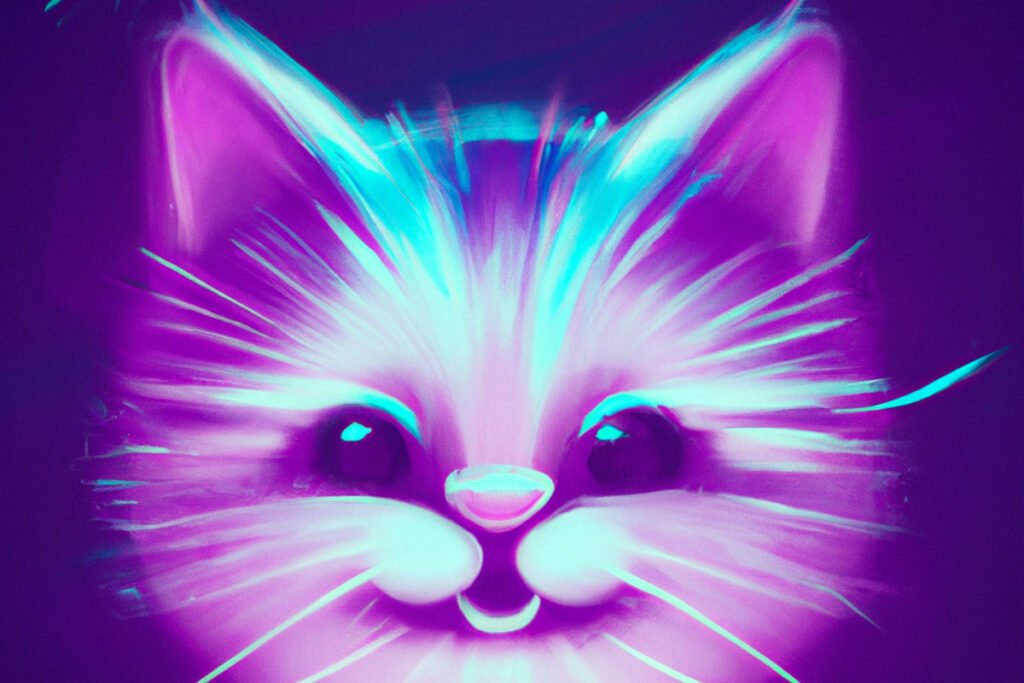
Imagine this: you’re sitting in a dimly lit room, surrounded by canvases, brushes, and tubes of paint. You stare at the blank canvas in front of you, wondering where to begin. Suddenly, an idea strikes you, but before you can put brush to canvas, you reach for your laptop. In today’s digital age, the way we create art is undergoing a profound transformation, thanks to the power of artificial intelligence (AI).
The Rise of AI in Art
AI has emerged as a groundbreaking tool in the realm of art, revolutionizing the creative process and pushing the boundaries of what is possible. Gone are the days when artists relied solely on their own imagination and skill. Now, AI algorithms can analyze vast amounts of data, generate insights, and even produce original works of art.
Unleashing Creativity with AI
One of the most exciting aspects of AI in art is its ability to unleash creativity in ways we never thought possible. By harnessing the power of machine learning algorithms, artists can explore new techniques, experiment with different styles, and push the limits of their own imagination. Whether it’s creating digital sculptures, generating abstract paintings, or designing intricate patterns, AI opens up a world of possibilities for artists to explore.
Enhancing Collaboration and Accessibility
Furthermore, AI is transforming the way artists collaborate and share their work with the world. Through online platforms and social media networks, artists can connect with peers, share ideas, and collaborate on projects in real-time. This level of connectivity not only fosters a sense of community but also makes art more accessible to audiences around the globe. Whether you’re a seasoned artist or an aspiring creator, AI has the power to democratize art and bring it to the masses.
Challenges and Ethical Considerations
Of course, with any technological advancement comes challenges and ethical considerations. As AI becomes more integrated into the creative process, questions arise about authorship, originality, and the role of the artist. Moreover, there are concerns about the potential for AI to perpetuate bias or stereotypes, particularly in the realm of image recognition and representation. As we continue to explore the possibilities of AI in art, it’s essential to approach these issues with thoughtfulness and care.
Looking to the Future
Despite these challenges, the future of AI in art is brimming with promise and potential. As technology continues to evolve, so too will our understanding of its capabilities and limitations. By embracing AI as a tool for creativity and innovation, we can unlock new realms of artistic expression and usher in a new era of creativity.
In conclusion, AI is not just changing the way we create art; it’s revolutionizing the very nature of creativity itself. From unleashing new forms of expression to fostering collaboration and accessibility, AI has the power to transform the art world in ways we never thought possible. As we navigate this exciting frontier, let us embrace the possibilities of AI and harness its potential to inspire, innovate, and create.



